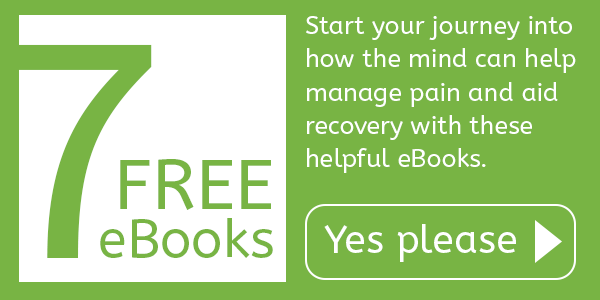The only thing I can’t stand is discomfort.
Gloria Steinem
Of all the skills I’ve learned in the past 7 years of changing my life, one skill stands out:
By Leo Babauta
Learning to be comfortable with discomfort.
If you learn this skill, you can master pretty much anything. You can beat procrastination, start exercising, make your diet healthier, learn a new language, make it through challenges and physically grueling events, explore new things, speak on a stage, let go of all that you know, and become a minimalist. And that’s just the start.
Unfortunately, most people avoid discomfort. I mean, they really avoid it — at the first sign of discomfort, they’ll run as fast as possible in the other direction. This is perhaps the biggest limiting factor for most people, and it’s why you can’t change your habits.
Think about this: many people don’t eat vegetables because they don’t like the taste. We’re not talking about soul-wrenching pain here, not Guantanamo torture, but a taste that’s just not something you’re used to. And so they eat what they already like, which is sweets and fried stuff and meats and cheeses and salty things and lots of processed flour.
The simple act of learning to get used to something that tastes different — not really that hard in the grand scheme of life — makes people unhealthy, often overweight.
I know, because this was me for so many years. I became fat and sedentary and a smoker and deeply in debt with lots of clutter and procrastination, because I didn’t like things that were uncomfortable. And so I created a life that was deeply uncomfortable as a result.
The beautiful thing is: I learned that a little discomfort isn’t a bad thing. In fact, it can be something you enjoy, with a little training. When I learned this, I was able to change everything, and am still pretty good at changing because of this one skill.
Master your fear of discomfort, and you can master the universe.
Avoidance of Discomfort
When people are stressed, they often turn to cigarettes, food, shopping, alcohol, drugs … anything to get rid of the disomfort of the thing that’s stressing them out. And yet, if you take a deeper look at the stress, it’s really an unfounded fear that’s causing it (usually the fear that we’re not good enough), and if we examined it and gave it some light of day, it would start to go away.
When people start to exercise after being sedentary, they are uncomfortable. It’s hard! It can make you sore. It’s not as easy as not exercising. It’s not something you’re used to doing, and you fear doing it wrong or looking stupid. And so you stop after awhile, because it’s uncomfortable, when really it’s not horrible to be uncomfortable for a little while. We’re not talking about incredible pain, but just discomfort.
When people try a healthier diet, they often don’t like it — eating veggies and raw nuts and flaxseeds and fruits and tofu or tempeh or black beans isn’t as thrilling as eating fried, fatty, salty or sweet foods. It’s a form of discomfort to change your taste buds, but the truth is, it can easily happen if you just get through a little discomfort.
Discomfort isn’t bad. It’s just not what we’re used to. And so we avoid it, but at the cost of not being able to change things, not being healthy, not being open to adventure and the chaos of raw life.
Mastering Discomfort
The way to master discomfort is to do it comfortably. That might sound contradictory, but it’s not. If you are afraid of discomfort, and you try to beat discomfort with a really gruelling activity, you will probably give up and fail, and go back to comfort.
So do it in small doses.
- Pick something that’s not hard. Take meditation as an example. It’s not really that hard — you just sit down and pay attention to your body and breath, in the present moment. You don’t have to empty your mind (just notice your thoughts), you don’t have to chant anything weird, you just sit and pay attention. If you don’t like meditation, try a new healthy food, like kale or raw almonds or quinoa. Or a fairly easy exercise if you’re sedentary, like walking or jogging.
- Just do a little. You don’t have to start by doing 30 minutes of something you’re not used to doing. Just do a few minutes. Just start.
- Push out of your comfort zone, a little. My friend and Zen priest Susan O’Connell has a favorite meditation instruction that you can use for any activity actually: when you’re meditating and you feel like getting up, don’t; then when you feel the urge to get up a second time, don’t; and when you feel the urge to get up a third time, then get up. So you sit through the urge, the discomfort, twice before finally giving in the third time. This is a nice balance, so that you’re pushing your comfort zone a little. You can do this in exercise and many other activities — push a little.
- Watch the discomfort. Watch yourself as you get a bit uncomfortable — are you starting to complain (internally)? Are you looking for ways to avoid it? Where do you turn to? What happens if you stay with it, and don’t do anything?
- Smile. This is not trivial advice…
Read the full article at Zen Habits






